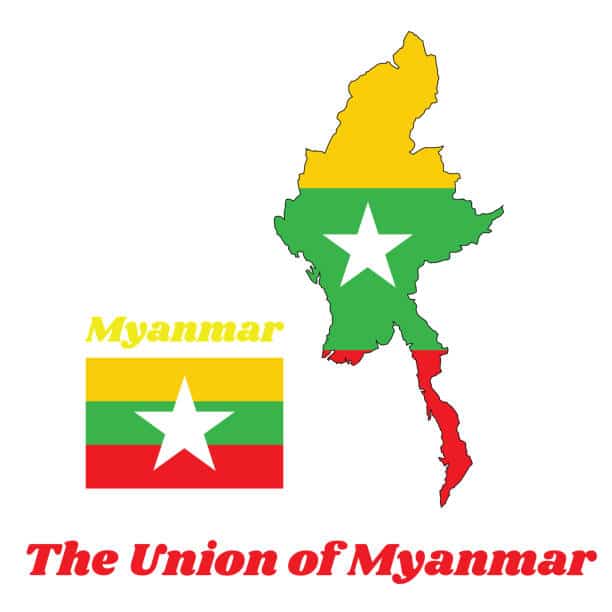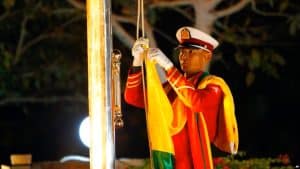Headlines
Burma: A Land of Rich History and Culture

Burma, also known as Myanmar, is a country in Southeast Asia. The history of Myanmar covers the period from the time of first-known human settlements 13,000 years ago to the present day. The earliest inhabitants of recorded history were a Tibeto-Burman-speaking people who established the Pyu city-states ranged as far south as Pyay and adopted Theravada Buddhism. Another group, the Bamar people, entered the upper Irrawaddy valley in the early 9th century. They went on to establish the Pagan Kingdom (1044–1297), the first-ever unification of the Irrawaddy valley and its periphery. The Burmese language and Burma culture slowly came to replace Pyu norms during this period.
See Population, Official Language And More…

Burma
Founded in 1364, Kingdom of Ava (Inwa) was the successor state to earlier, even smaller kingdoms based in central Burma: Taungoo (1287–1318), Myinsaing–Pinya Kingdom (1297–1364), and Sagaing Kingdom (1315–64). In its first years of existence, Ava, which viewed itself as the rightful successor to the Pagan Kingdom, tried to reassemble. After several small kingdoms dominated the landscape with ever-shifting alliances and constant wars, King Alaungpaya, the leader of the Kongbaung dynasty, went on to entirely remove Hanthawaddy and reunite Burma, making it the largest empire in its history. What was to follow was a series of wars with Siam and China before turning their attention to the west as they looked to expand their empire.
The Kingdom of Ava (Inwa) was founded in 1364 and was the successor state to earlier, even smaller kingdoms based in central Burma: Taungoo (1287–1318), Myinsaing–Pinya Kingdom (1297–1364), and Sagaing Kingdom (1315–64). The kingdom was founded by Thado Minbya in 1364 following the collapse of the Sagaing and Pinya Kingdoms due to raids by the Shan States to the north. In its first years of existence, Ava, which viewed itself as the rightful successor to the Pagan Kingdom, tried to reassemble the former empire by waging constant wars against the Mon Hanthawaddy Kingdom in the south, the Shan States in the north and east, and Rakhine State in the west.
The Kingdom of Ava was the dominant kingdom that ruled upper Burma from 1364 to 1555. Like the small kingdoms that preceded it, Ava may have been led by Bamarised Shan kings who claimed descent from the kings of Pagan. The kingdom was also known for its constant wars with neighboring kingdoms and states. The Toungoo dynasty eventually conquered Ava in 1555, ending its reign as a dominant power in Upper Burma.





